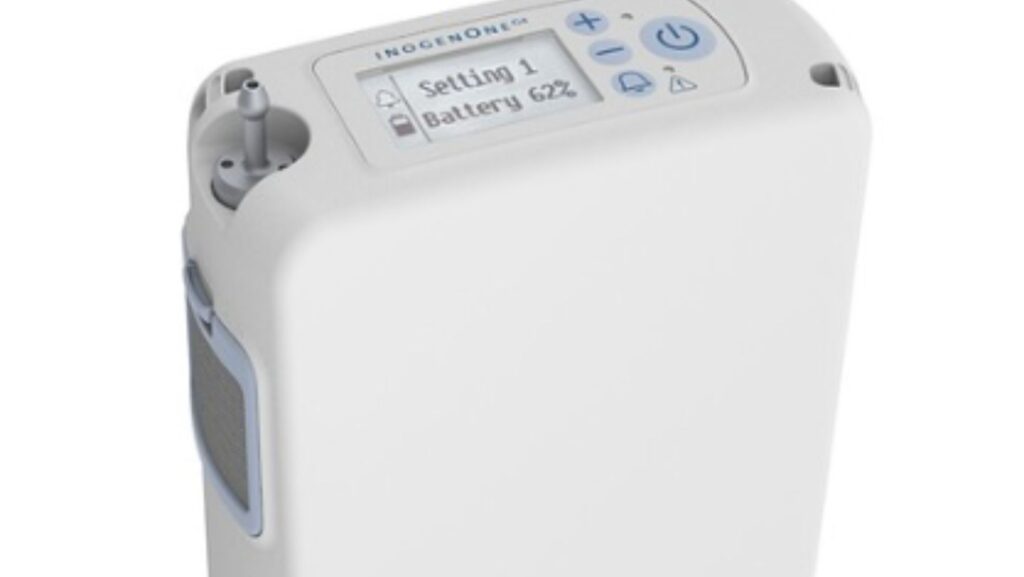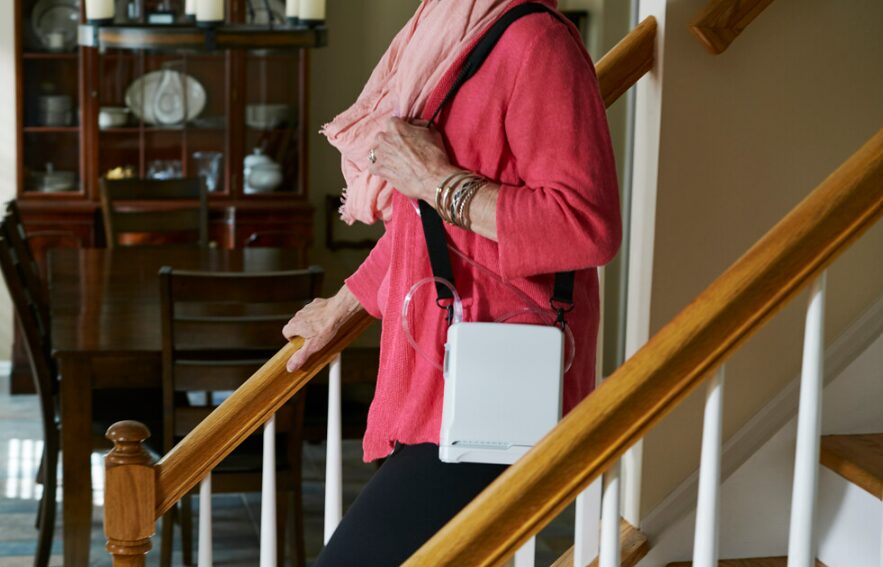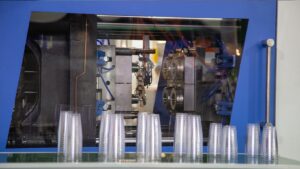
A life-sustaining environment cannot exist without oxygen. Access to consistent oxygen therapy is essential for many patients with respiratory conditions. Oxygen concentrators have emerged as crucial tools in delivering oxygen therapy to needy patients in recent years. In this blog, we’ll delve into the seven key benefits of oxygen concentrator.
How Does An Oxygen Concentrator Work?
An oxygen concentrator works by extracting oxygen from the air, concentrating it, and delivering it to the patient for therapeutic use. Here’s a simplified explanation of how it works:
Air Intake: Using a compressor, the concentrator draws ambient air from its surroundings.
Filtration: The oxygen supplied is clean and suitable for medical use because it has been through a series of filters that remove dust, allergies, and other contaminants.
Compression: The filtered air is then compressed to increase its pressure. This compressed air contains approximately 21% oxygen, 79% nitrogen, and trace gasses.
Separation: The compressed air is directed into a separation chamber containing either a material called a molecular sieve or a semipermeable membrane.
- Pressure Swing Adsorption (PSA): In oxygen concentrators that use a molecular sieve, pressure swing adsorption occurs. The sieve material preferentially adsorbs nitrogen molecules, allowing oxygen to pass through and be collected.
- Membrane Separation: Some concentrators use a semipermeable membrane to selectively permeate oxygen molecules, allowing them to pass while retaining nitrogen and other gasses.
Oxygen Collection: After removing nitrogen and other gasses, the concentrated oxygen is either gathered and kept in a reservoir or given to the patient via a nasal cannula, mask, or other means of delivery.
Oxygen Delivery: The patient receives the exact amount of oxygen needed to maintain appropriate blood oxygen levels since the filtered oxygen is provided at a prescribed flow rate.

Exhaust: The remaining nitrogen and other gasses, separated from the oxygen, are released back into the environment as exhaust.
7 Key Benefits of Oxygen Concentrators
Increased Independence
One of the primary advantages of oxygen concentrators is the increased independence they offer patients. Using an oxygen concentrator frees patients from the restrictions of a stationary oxygen supply, allowing them greater freedom of movement than is possible with conventional supplementary oxygen tanks. This enhanced mobility significantly improves the quality of life for patients, allowing them to maintain a sense of normalcy despite their medical condition.
Continuous Oxygen Supply
Oxygen concentrators ensure a continuous and reliable oxygen supply to patients, eliminating the worry of running out of oxygen, as is often the case with portable oxygen tanks. Patients with chronic respiratory problems who need oxygen therapy continuously to keep their blood oxygen levels appropriate particularly benefit from this regular oxygen administration.
Cost-Effectiveness
In addition to providing continuous oxygen therapy, oxygen concentrators offer long-term cost savings compared to traditional oxygen tanks. Although there is an upfront cost to buying an oxygen concentrator, patients will save money in the long term because they won’t have to buy oxygen tanks as often.
Environmental Impact
Oxygen concentrators benefit patients and contribute to environmental sustainability. By reducing the reliance on disposable oxygen tanks, concentrators help minimize medical waste and carbon emissions associated with manufacturing and transporting oxygen cylinders. This eco-friendly approach to oxygen therapy aligns with the growing trend towards sustainable healthcare solutions.
Quiet and Convenient Operation
Unlike noisy oxygen tanks, which can be disruptive to patients and their caregivers, oxygen concentrators operate quietly and unobtrusively, making them suitable for use in home settings. Their user-friendly design and ease of operation further enhance their convenience, allowing patients to manage their oxygen therapy independently with minimal assistance.
Customizable Oxygen Flow
Adjusting the oxygen flow rates offered by oxygen concentrators can meet individual patients’ needs. This customization allows healthcare providers to tailor oxygen therapy to each patient’s requirements, ensuring optimal oxygen saturation and respiratory support.
Improved Health Outcomes
Oxygen concentrators are vital in the long run for the success of oxygen treatment and enhancing a patient’s health. By delivering consistent oxygen therapy, oxygen concentrators help improve oxygen saturation levels, alleviate respiratory symptoms, and effectively support patients in managing their underlying medical conditions.
What Are the Potential Challenges and Solutions When Using Oxygen Concentrators?
While beneficial, oxygen concentrators can present challenges such as power outages, equipment maintenance, and difficulties during travel. To mitigate these issues, users should have backup power solutions, like battery packs or generators, especially in areas prone to electricity cuts. Regular maintenance, including filter changes and device cleaning, ensures the concentrator’s efficiency and longevity.

When traveling, users should plan by checking airline policies for portable oxygen concentrators and ensuring they have enough battery life for their journey. Additionally, carrying a travel bag for the device and any necessary accessories can make mobility easier. By preparing for these potential challenges, patients can continue to enjoy the benefits of their oxygen therapy without interruption.
Are There Different Types Of Oxygen Concentrators?
Stationary and portable oxygen concentrators are the two main categories. Let’s take a look at each category:
Stationary Oxygen Concentrators
Stationary oxygen concentrators are larger and heavier devices primarily intended for use at home or in clinical settings. They provide oxygen continuously, delivering a constant flow rate to the patient. These concentrators operate using AC power from a standard electrical outlet. They may feature adjustable flow settings, oxygen purity indicators, alarms for low oxygen levels or system malfunctions, and built-in oxygen monitoring capabilities.
Portable Oxygen Concentrators (POCs)
Portable oxygen concentrators are smaller, lighter, and more compact than stationary models, making them suitable for travel and outdoor use. They are designed with features like carrying handles, shoulder straps, or wheels for easy transport. Portable concentrators may offer both continuous and pulse flow options, with pulse flow delivering oxygen in bursts triggered by the patient’s inhalation.
These devices are typically battery-powered, allowing patients to use them without being tethered to a power outlet for a specific duration. Many portable oxygen concentrators are FAA-approved for air travel, allowing patients to use them on commercial flights with appropriate precautions and airline approval.
Wrap Up
Oxygen concentrators are essential for providing oxygen therapy to patients with respiratory conditions. From increasing independence and ensuring continuous oxygen supply to offering cost-effective and eco-friendly solutions, oxygen concentrators provide many benefits that significantly improve patient’s quality of life and health outcomes. As healthcare technology advances, the role of oxygen concentrators in patient care is likely to become even more prominent, further underscoring their importance in the medical field.













